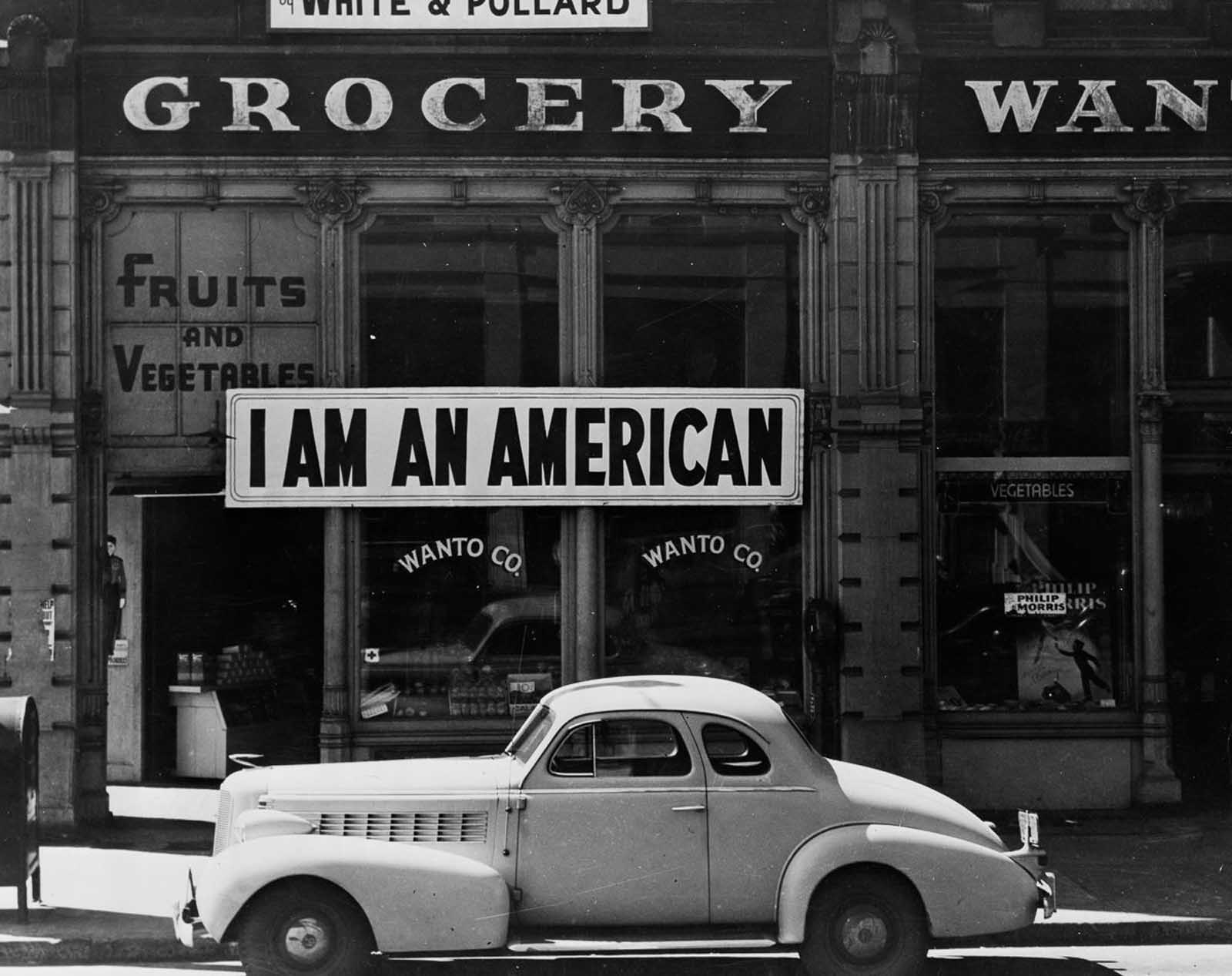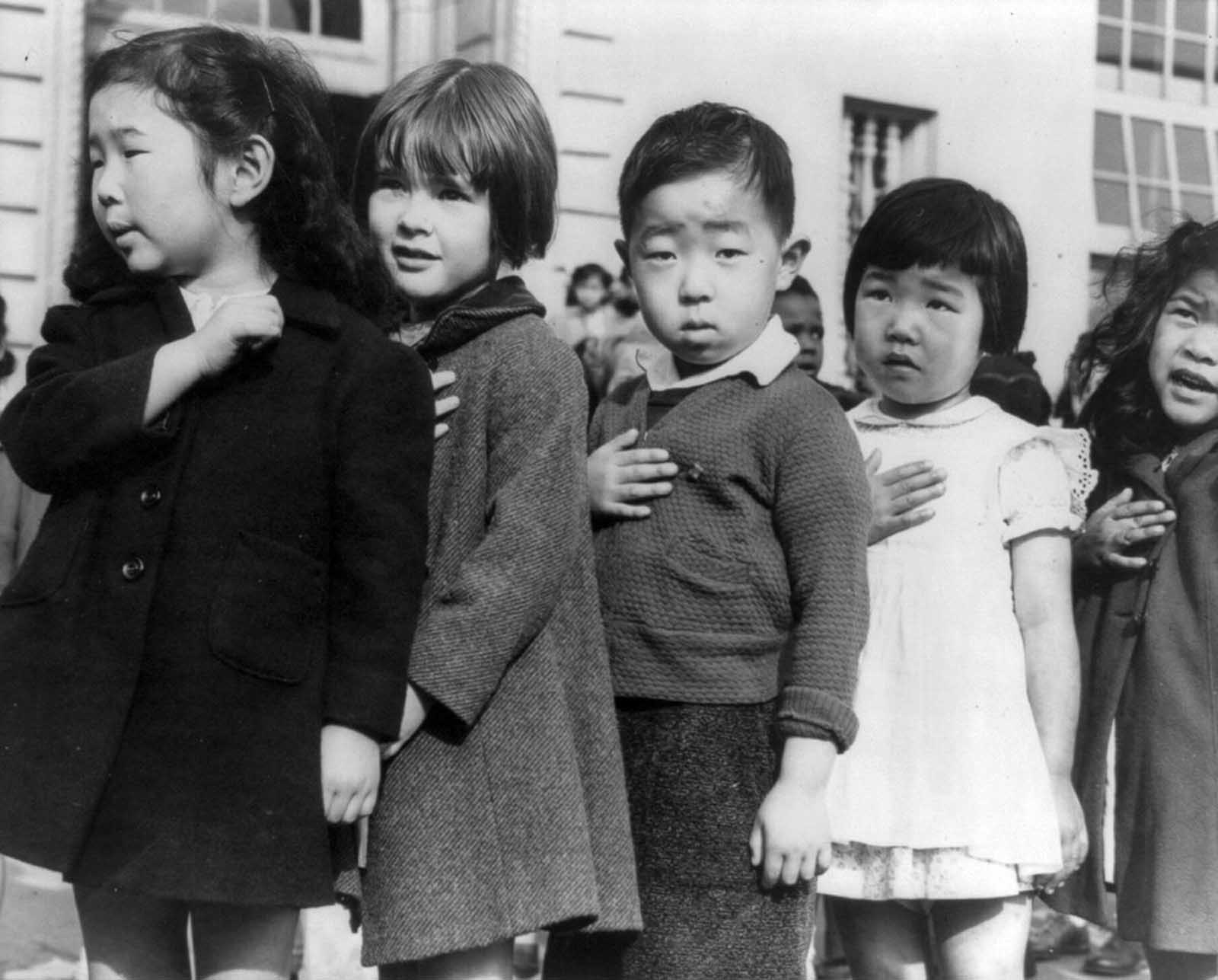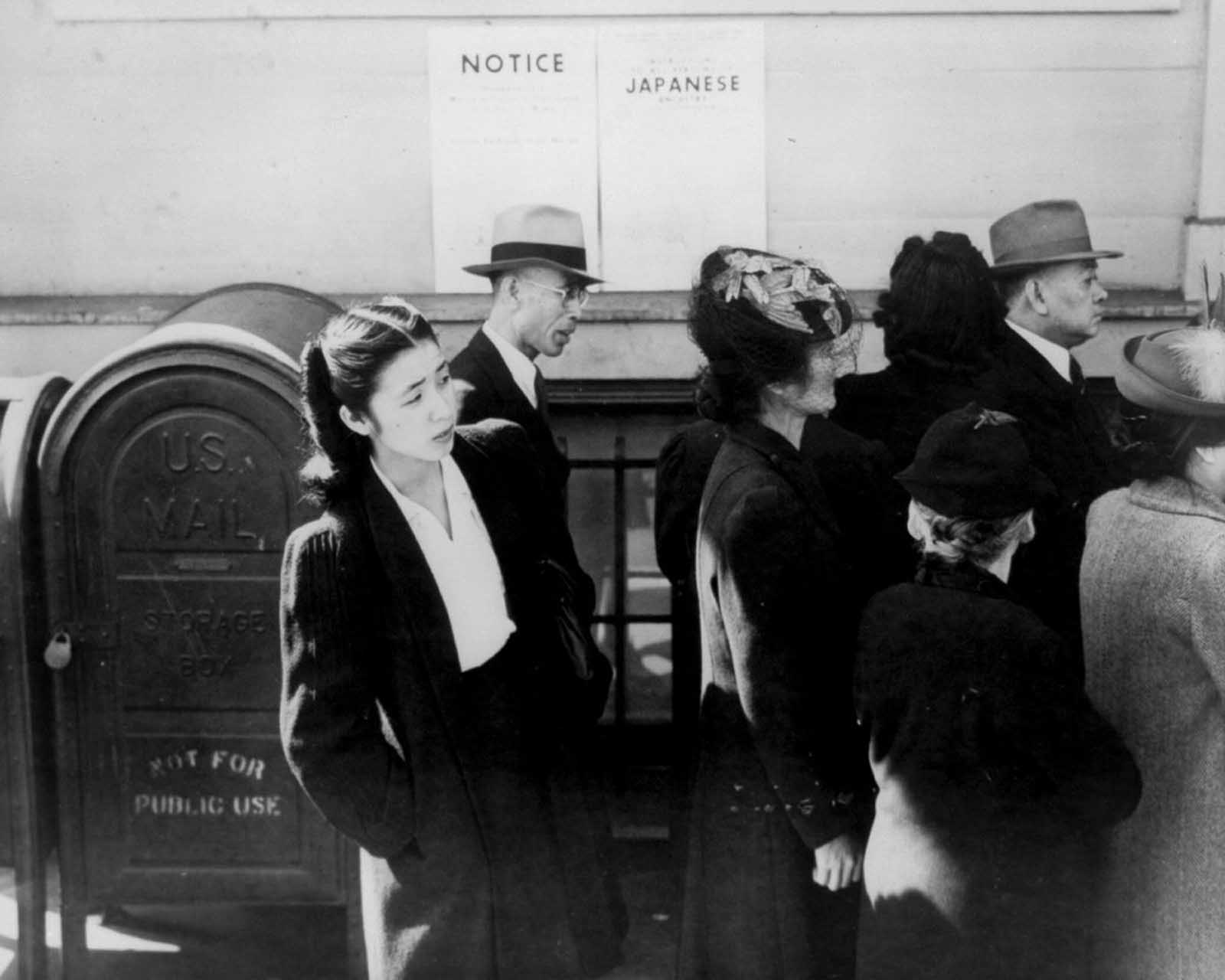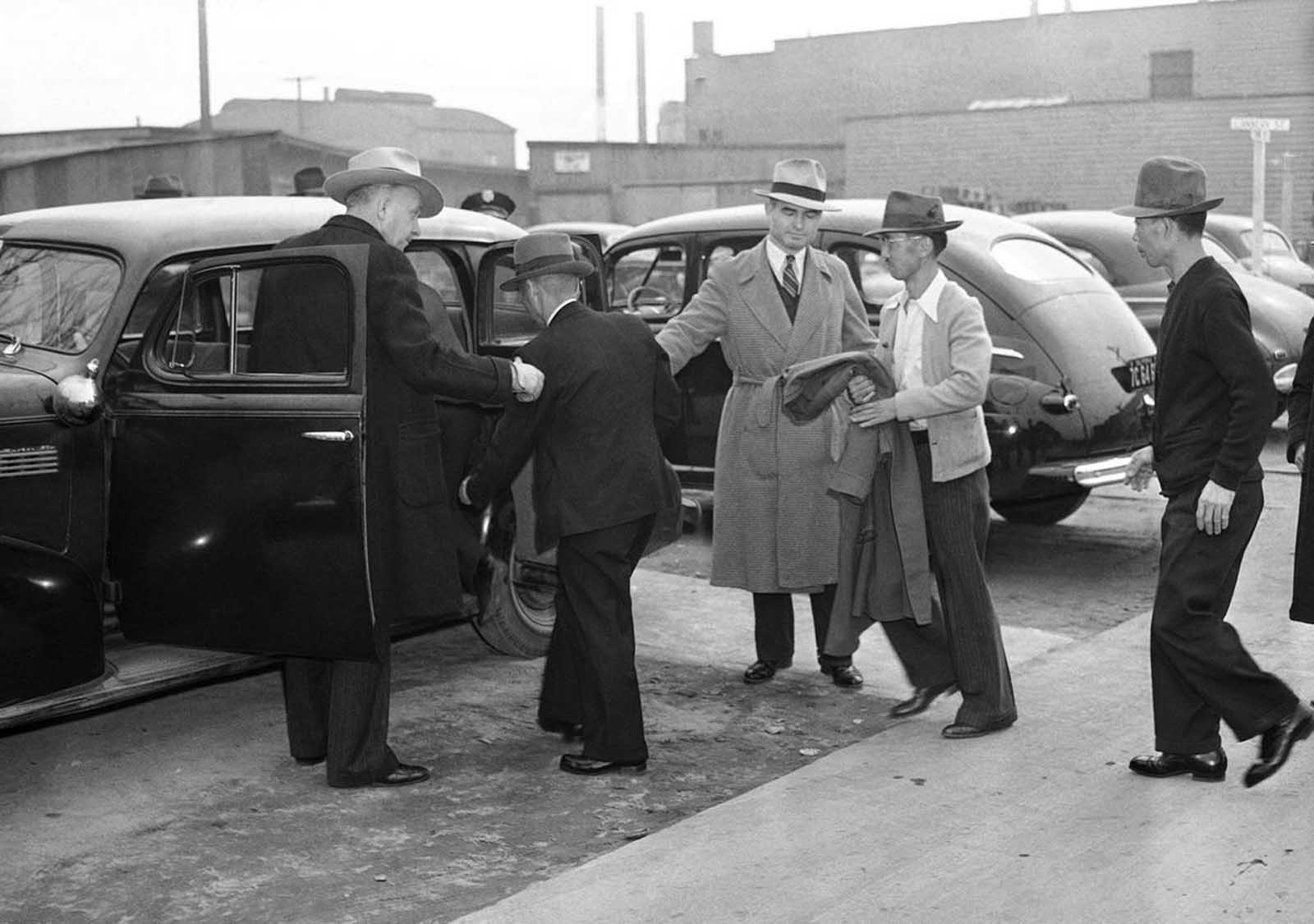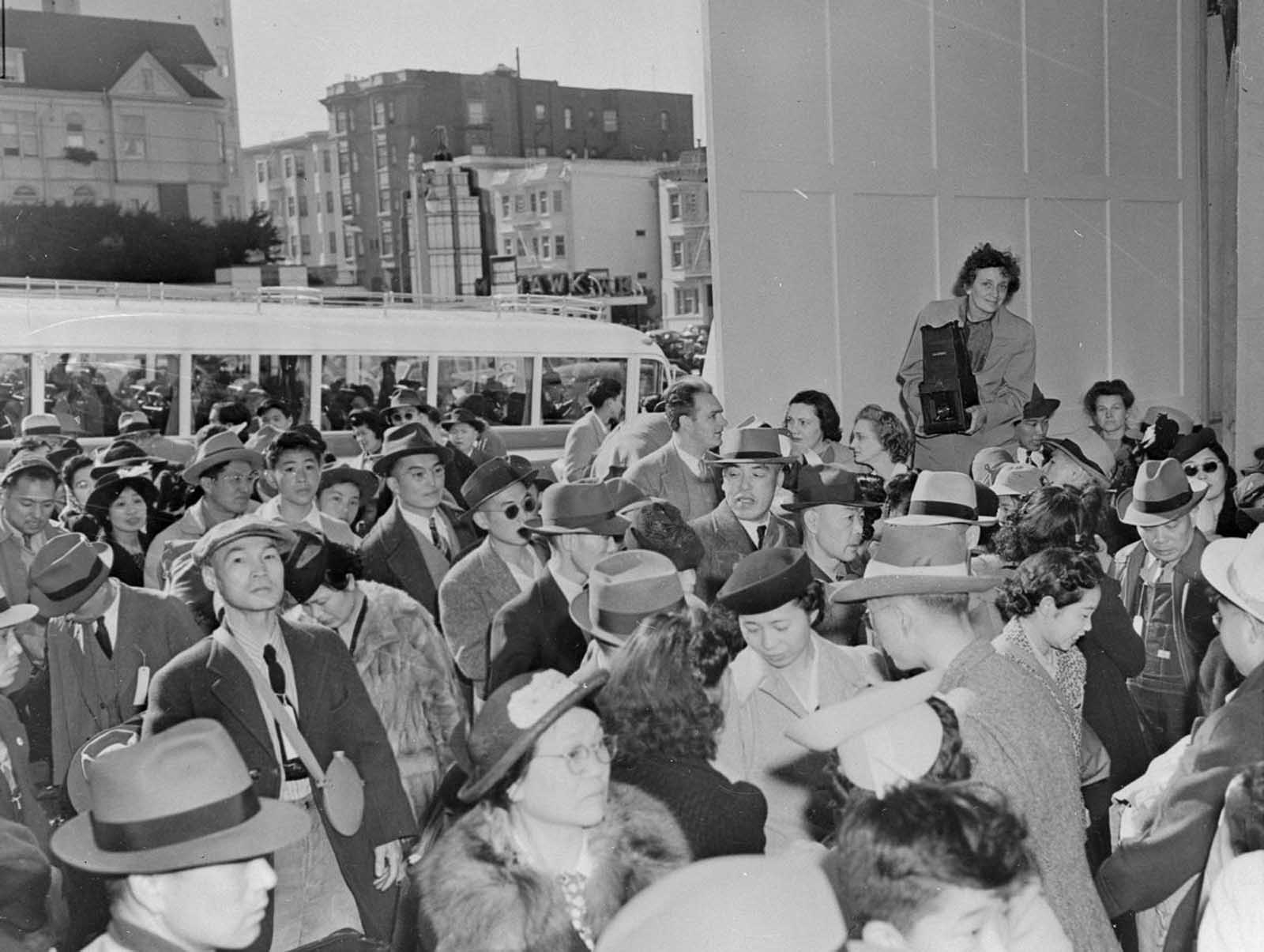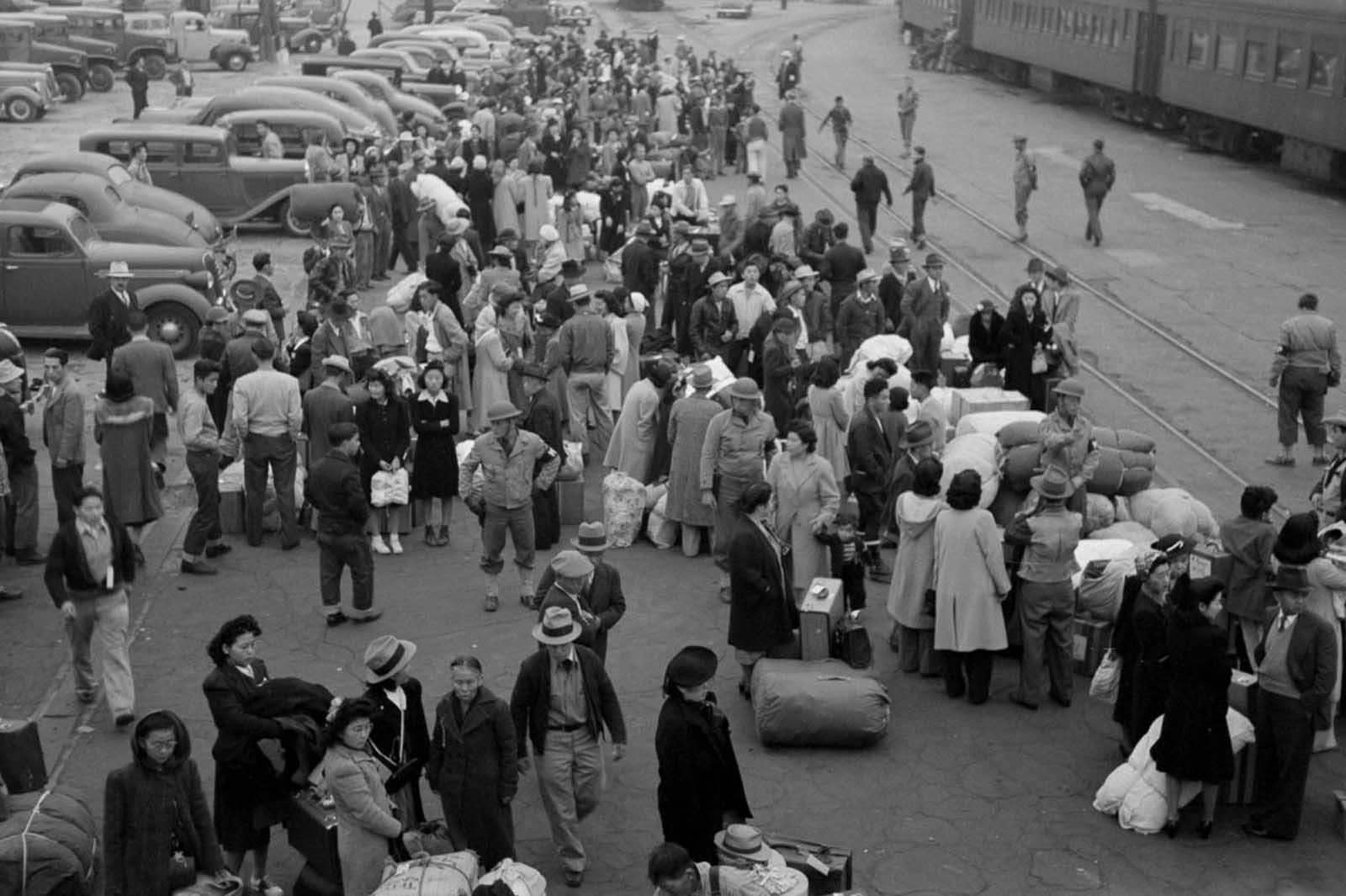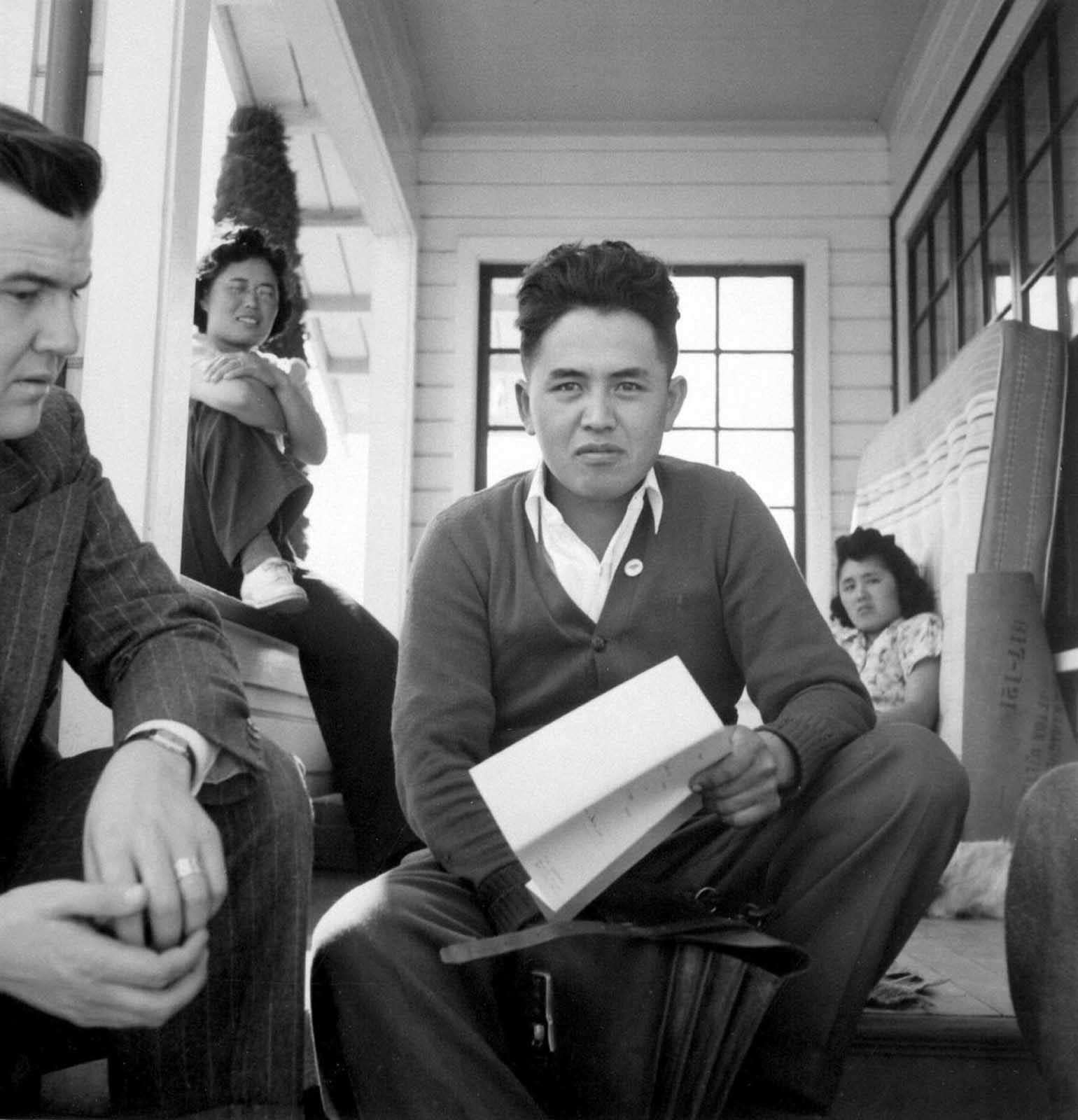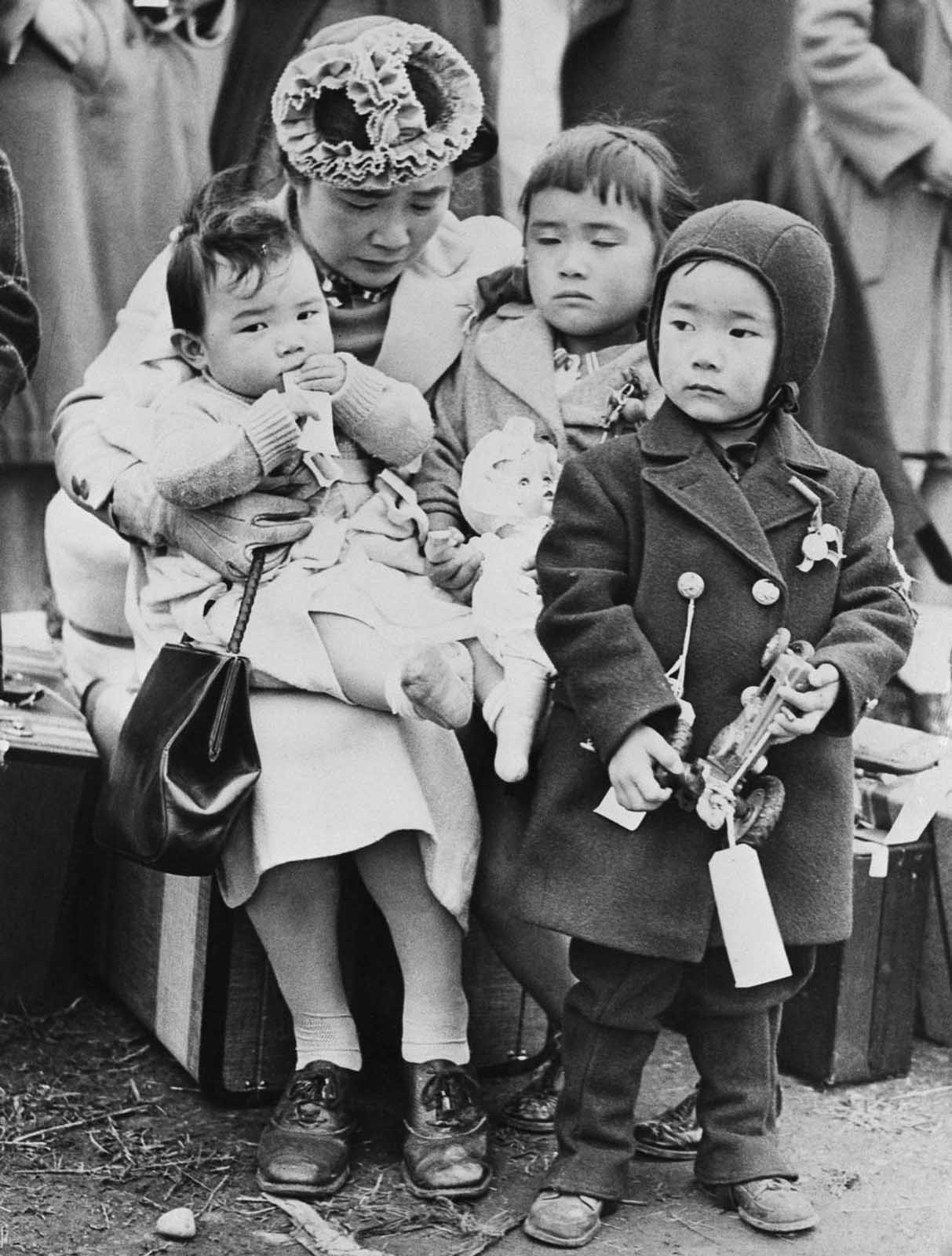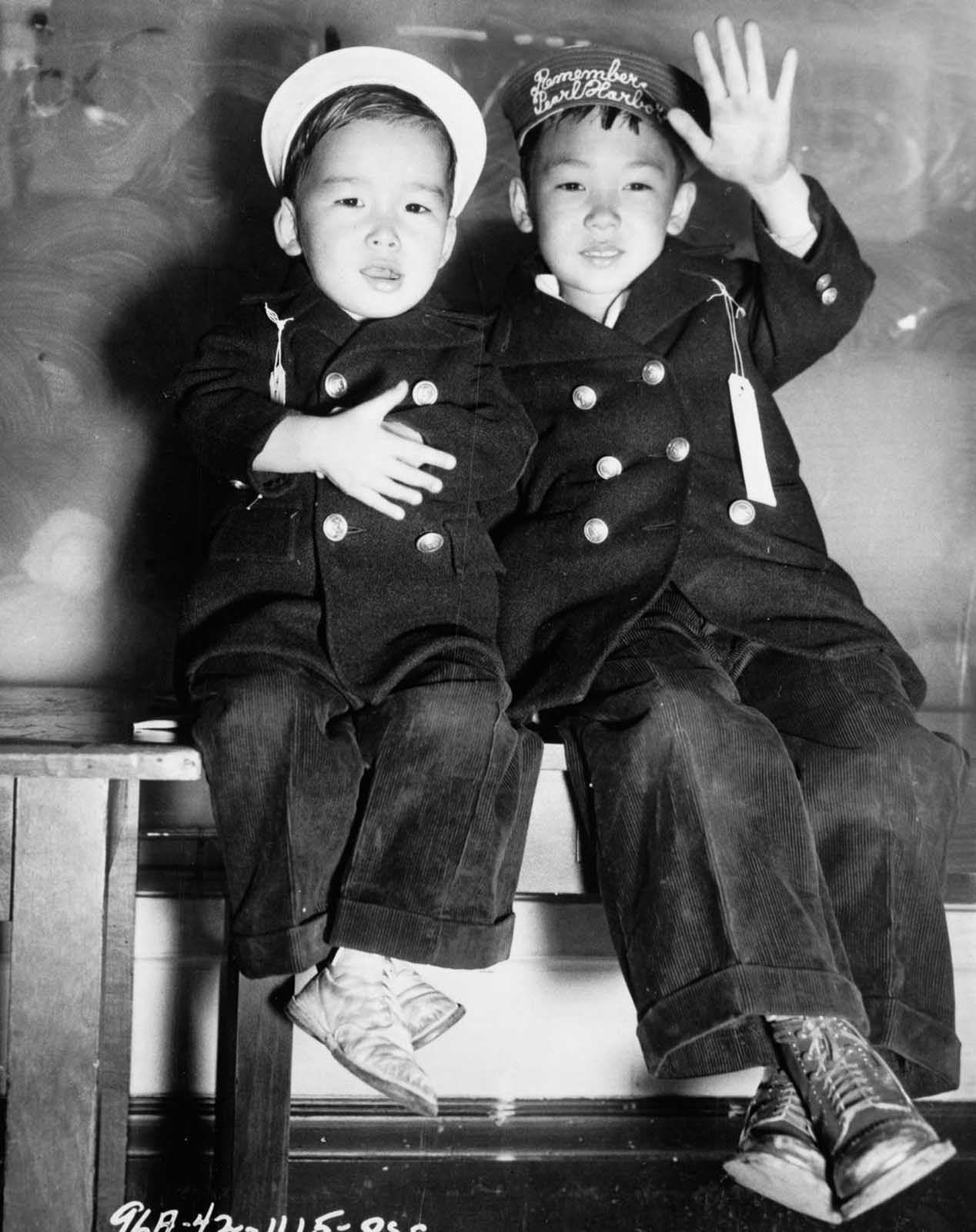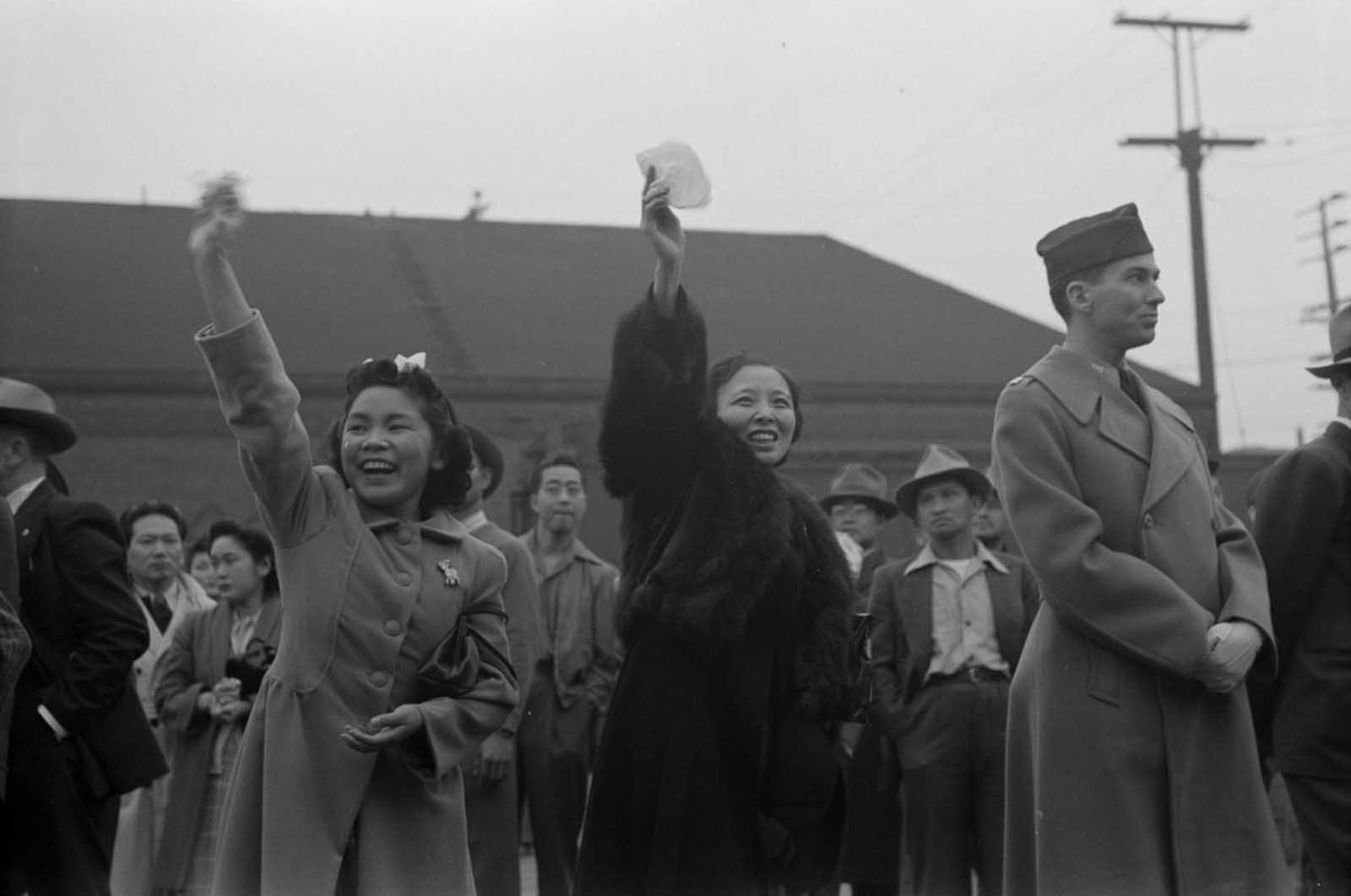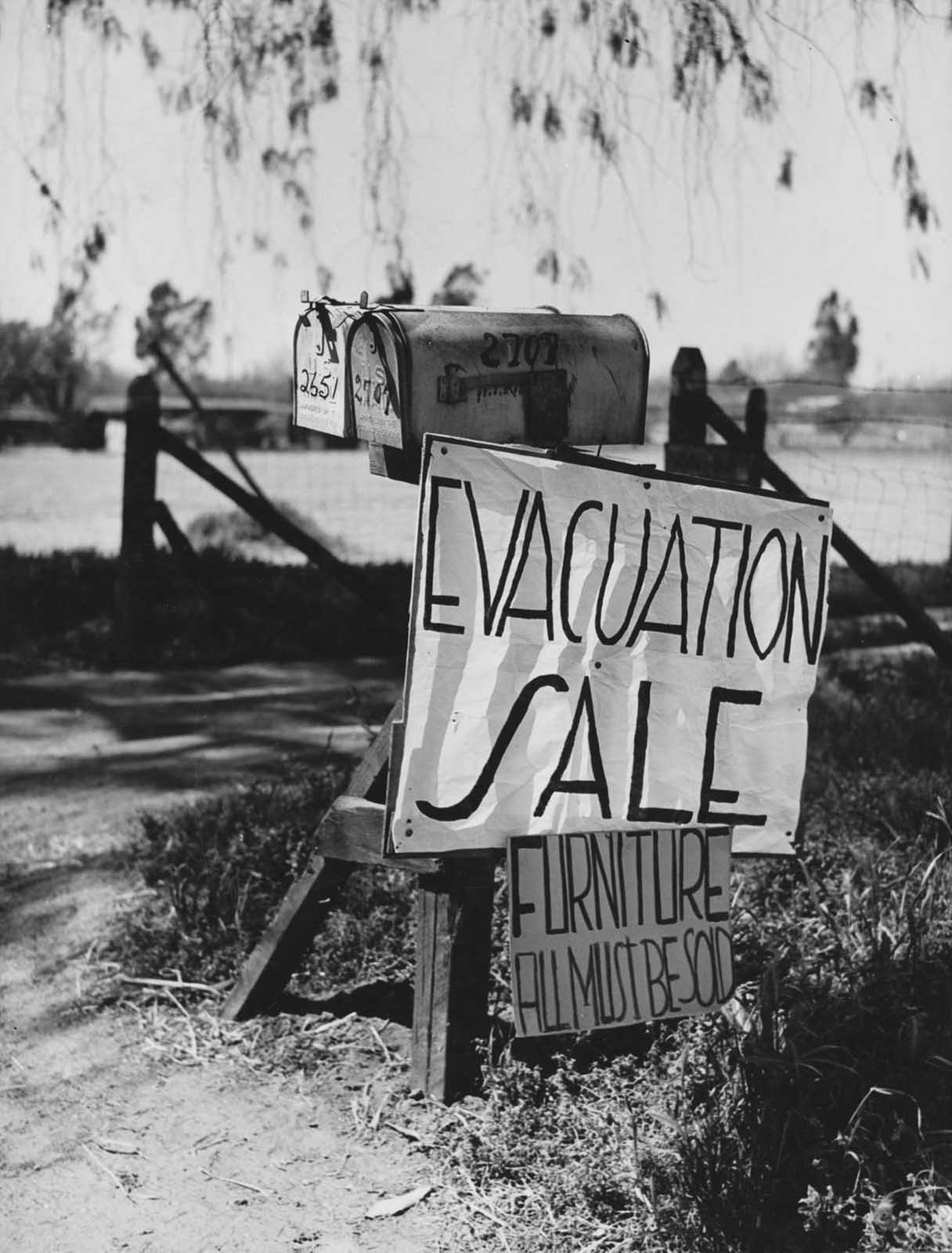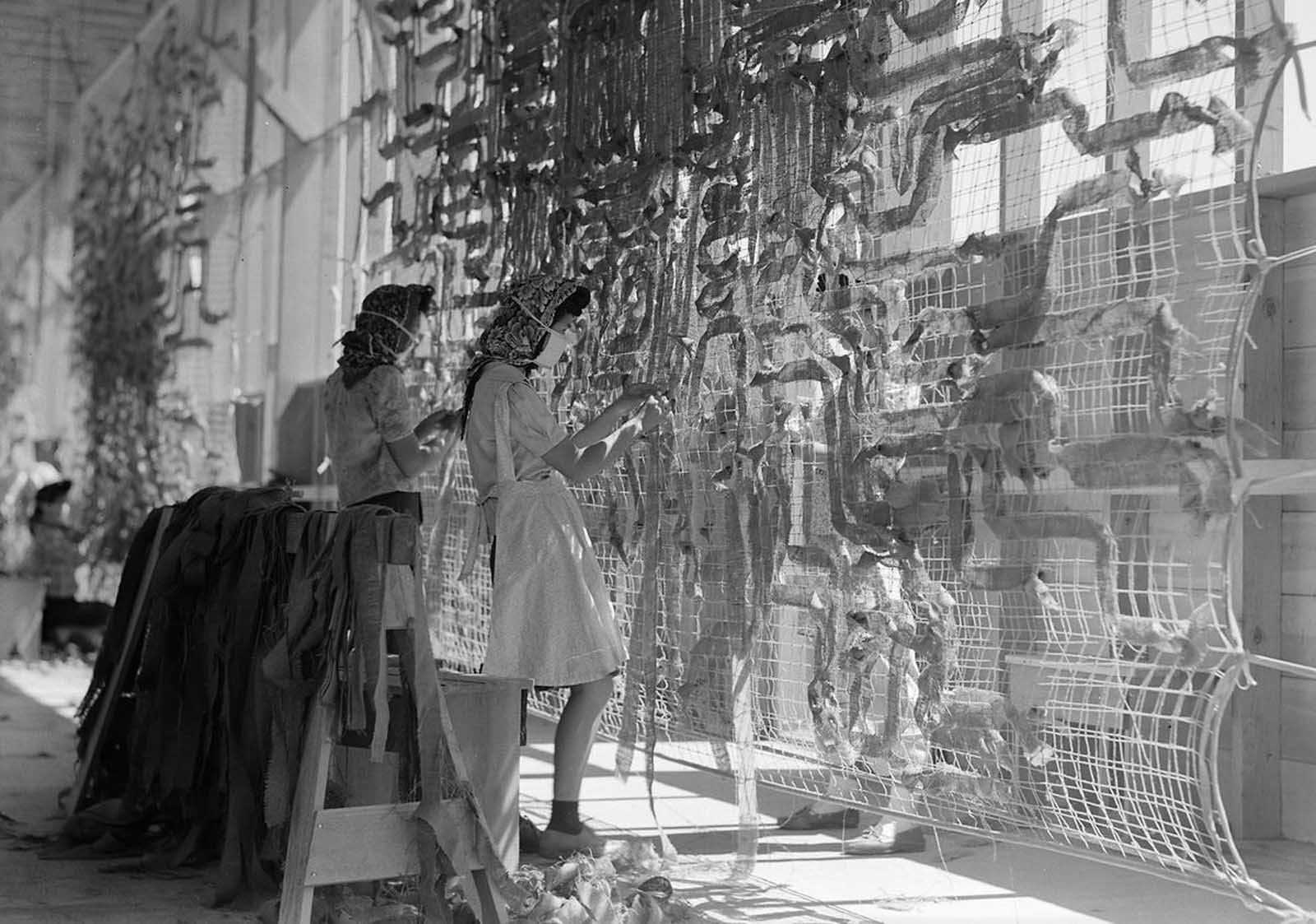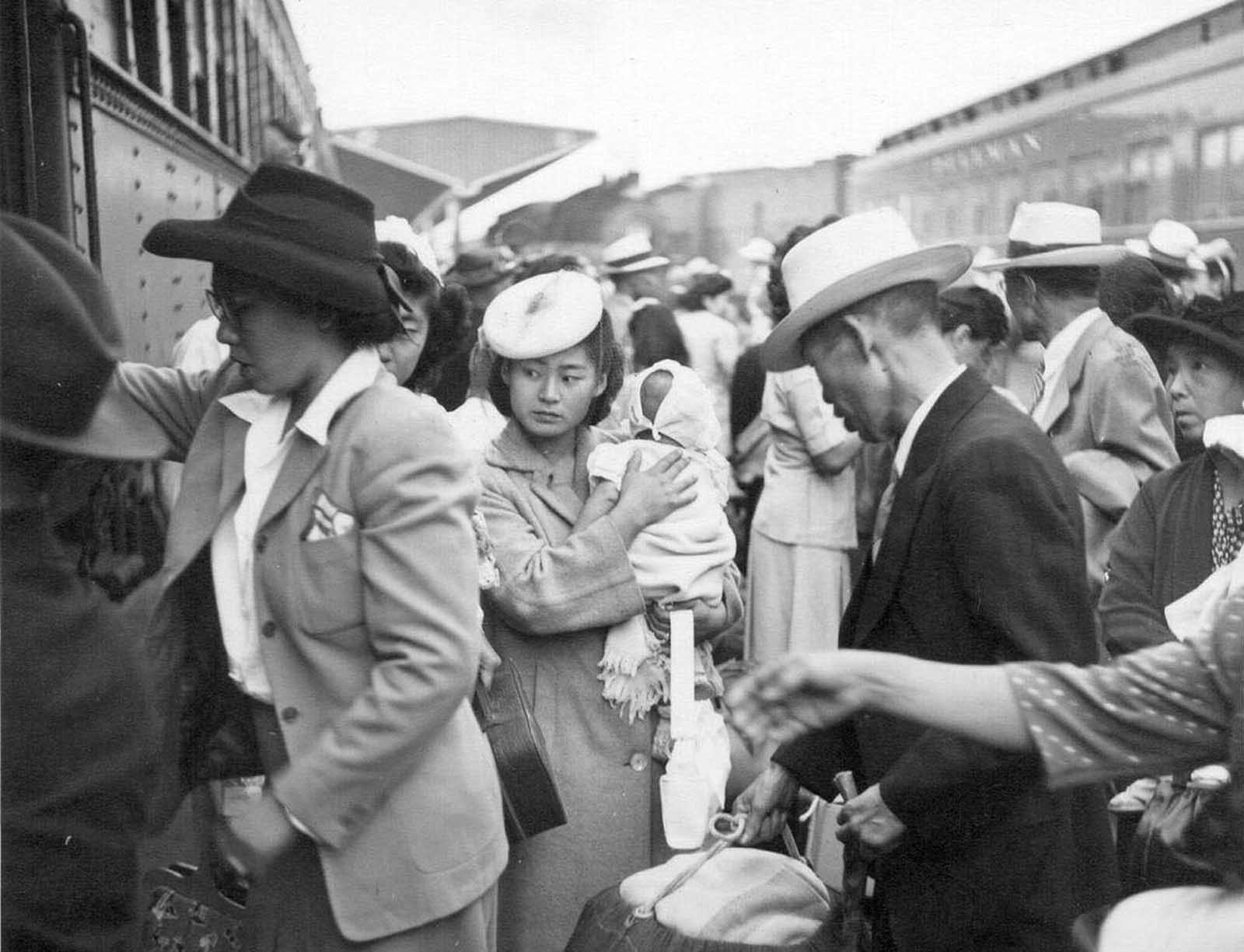In early 1942, the Roosevelt administration was pressured to remove persons of Japanese ancestry from the West Coast by farmers seeking to eliminate Japanese competition, a public fearing sabotage, politicians hoping to gain by standing against an unpopular group, and military authorities. On February 19, 1942, Roosevelt signed Executive Order 9066, which forced all Japanese-Americans, regardless of loyalty or citizenship, to evacuate the West Coast. No comparable order applied to Hawaii, one-third of whose population was Japanese-American, or to Americans of German and Italian ancestry. Ten internment camps were established in California, Idaho, Utah, Arizona, Wyoming, Colorado, and Arkansas, eventually holding 120,000 persons. Many were forced to sell their property at a severe loss before departure. Social problems beset the internees: older Issei (immigrants) were deprived of their traditional respect when their children, the Nisei (American-born), were alone permitted authority positions within the camps. 5,589 Nisei renounced their American citizenship, although a federal judge later ruled that renunciations made behind barbed wire were void. Some 3,600 Japanese-Americans entered the armed forces from the camps, as did 22,000 others who lived in Hawaii or outside the relocation zone. The famous all-Japanese 442nd Regimental Combat Team won numerous decorations for its deeds in Italy and Germany. In January 1944, a Supreme Court ruling halted the detention of U.S. citizens without cause, and the exclusion order was rescinded, and the Japanese Americans began to leave the camps, most returning home to rebuild their former lives. The last camp closed in 1946. In 1980, under mounting pressure from the Japanese American Citizens League and redress organizations, President Jimmy Carter opened an investigation to determine whether the decision to put Japanese Americans into internment camps had been justified by the government. He appointed the Commission on Wartime Relocation and Internment of Civilians (CWRIC) to investigate the camps. The Commission’s report, titled Personal Justice Denied, found little evidence of Japanese disloyalty at the time and concluded that the incarceration had been the product of racism. It recommended that the government pay reparations to the survivors. In 1988, President Ronald Reagan signed into law the Civil Liberties Act of 1988, which apologized for the internment on behalf of the U.S. government and authorized a payment of $20,000 (equivalent to $41,000 in 2016) to each camp survivor. The legislation admitted that government actions were based on “race prejudice, war hysteria, and a failure of political leadership”. The U.S. government eventually disbursed more than $1.6 billion (equivalent to $3,240,000,000 in 2016) in reparations to 82,219 Japanese Americans who had been interned and their heirs. Of 127,000 Japanese Americans living in the continental United States at the time of the Pearl Harbor attack, 112,000 resided on the West Coast. About 80,000 were nisei (literal translation: “second generation”; American-born Japanese with U.S. citizenship) and sansei (“third-generation”; the children of Nisei). The rest were issei (“first generation”) immigrants born in Japan who were ineligible for U.S. citizenship under U.S. law. (Photo credit: Library of Congress). Notify me of new posts by email.
Δ Subscribe


